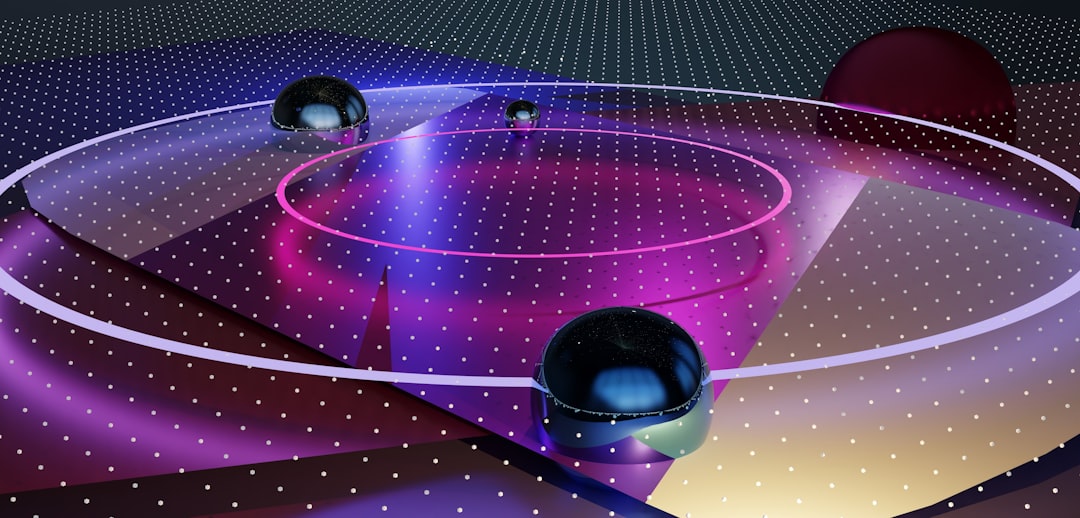What is it about?
When you make structural models of complex materials you need to specify many parameters to fully specify the model. From this model you can calculate different things such as the single crystal or powder diffraction patterns, to see if it agrees with a measured one and to find out if the model is correct. But when the model has too many parameters there may not be enough information in the data to properly specify them. In that case it is necessary to include more data into the fit. This paper describes a process for doing just that, and a software program that makes this straightforward
Featured Image
Why is it important?
Many materials that we want to study these days are highly complex and often have structure on the nanoscale. We are increasingly running into this problem that the data we have do not result in reliable model-fitting parameters. This will impact many areas of science and technology from batteries to solar cells to pharmaceuticals.
Read the Original
This page is a summary of: Complex modeling: a strategy and software program for combining multiple information sources to solve ill posed structure and nanostructure inverse problems, Acta Crystallographica Section A Foundations and Advances, September 2015, International Union of Crystallography,
DOI: 10.1107/s2053273315014473.
You can read the full text:
Contributors
The following have contributed to this page










